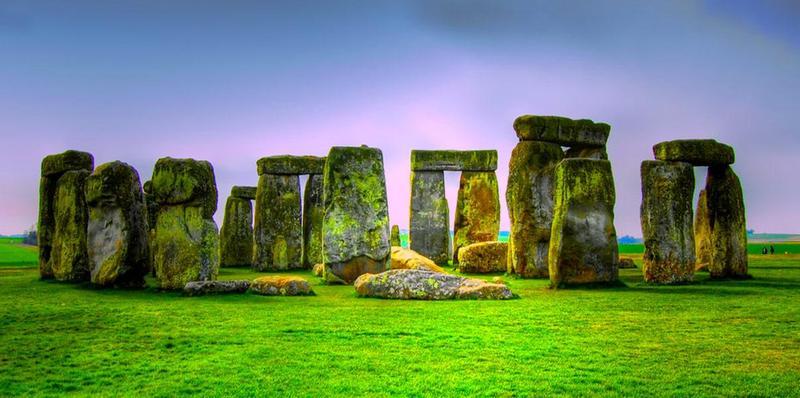Study Suggests the People Who Built the Stonehenge Lived in Eco Houses
Study Suggests the People Who Built the Stonehenge Lived in Eco Houses

The environmental friendly habitats and eco homes are generally assumed to be modern inventions, however, this cannot be further from the truth. The ancient cultures were more intimately connected and intertwined with nature; they who not only respected, but often worshiped the natural world around them.
In the vicinity of what is perhaps one of the world’s most mysterious sites – Stonehenge – researchers have discovered clues to prove their theory that ancients who built the massive structure possibly lived in eco homes. Finding such housing that far back in the past has stirred a new debate about the environmental awareness and care for nature.
The researchers found a house under an uprooted tree not very far from the legendary Stonehenge monoliths. The findings instantly drew the attention of archaeologists and historians, as the indication of an environmentally friendly building is apparently a significant discovery. The ancient builders fully utilized the elements to their living needs; to start with they used the soil as a protector from the outside environment.
Scientists and the common public are fully aware of the insulating character of the soil, i.e. it stops heat and cold hence keeping the house warm in freezing weather while providing a cool habitat in the scorching heat.
The eco house was discovered in Durrington Walls, which is a site of a large Neolithic settlement located 7 miles from Stonehenge. The settlement at Durrington and the Stonehenge itself are believed to have been built simultaneously by the people who lived in the region. These two separate sites were then connected by an avenue for the regular commute of the settlers who built the mysterious monoliths.
The discovery is likely to shed light on the nature and communal habits of the people who supposedly contributed in building the Stonehenge. Researchers already know a fair bit about the customs of the people from the region; according to them the ancients here in this region absolutely loved dairy products and meat, often holding elaborate feasts for each other. A number of household objects and pottery unearthed from the area strengthens the assertion that these people were dairy lovers. In the open fields around the main living area, researchers found a number of pig and cow bones, suggesting that the people living here thousands of years ago held open-air barbecues.
The archaeologists from the York University, England point towards another interesting aspect of the people who built the Stonehenge, – one that distinguishes Stonehenge from other ancient structures like Egyptian Pyramids and Mayan temples – the fact that the people who worked on the Stonehenge worked there willingly; researchers did not find any signs of forced labour or slavery.
David Jacques, the Project Director of Archaeology at Buckingham University, said that the researchers had found the home of the ancient geniuses who built the Stonehenge. He added that the detailed analysis of the settlement clearly suggests that they were a bunch of happy folk with minds way ahead of their times. These people not only built one of the most mind-boggling mysteries of all times; they even lived in the houses built under tree roots that served as roofs, using soil as insulation and animal skins as coverings.
Be the first to post a message!